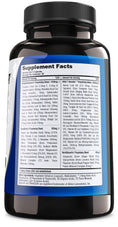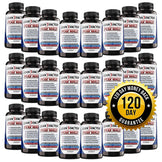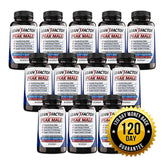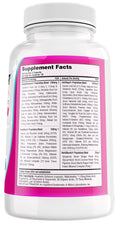Jaundice

In Western medicine, jaundice is characterized by the accumulation of bilirubin, a yellow pigment, resulting from the breakdown of hemoglobin in the liver. The condition manifests as yellowing of the eyes and skin and is classified into three categories: Pre-Hepatic, Hepatic, and Post-Hepatic, each delineating the stage of liver processing where bilirubin accumulation occurs (Chowdhury et al., Journal of Hepatology, 2001). In Traditional Chinese Medicine (TCM), jaundice is often attributed to two main patterns of disharmony: damp heat in the gallbladder and damp heat in the liver, often paired with spleen Qi deficiency (Gao et al., Evidence-Based Complementary and Alternative Medicine, 2013). Dampness in either organ disrupts the smooth flow of liver Qi, which can lead to Qi stagnation and eventually to the formation of phlegm, complicating the condition further (Xu et al., World Journal of Gastroenterology, 2009). Both Western and TCM approaches provide valuable insights into the etiology and management of jaundice.

Categorieswhen you select any items page will be refresh and focus will be move out of the page
Health Concerns
Peak Male - Ultimate Men's Health For...
PEAK MALE®: An Advanced, Natural T-Booster & Men's Health Formula Incorporating a potent blend of adaptogenic herbs, vitami...
Current price$69.99
EmpowHER - Ultimate Women's Health Fo...
EmpowHER is a natural anti-aging formula that targets STRESS . . . because nothing ages you faster than STRESS. EmpowHer is a c...
Current price$69.99
Feel Better. Look Better. Be Better.
Get on the list for actionable Health & Nutrition advice every week.
















